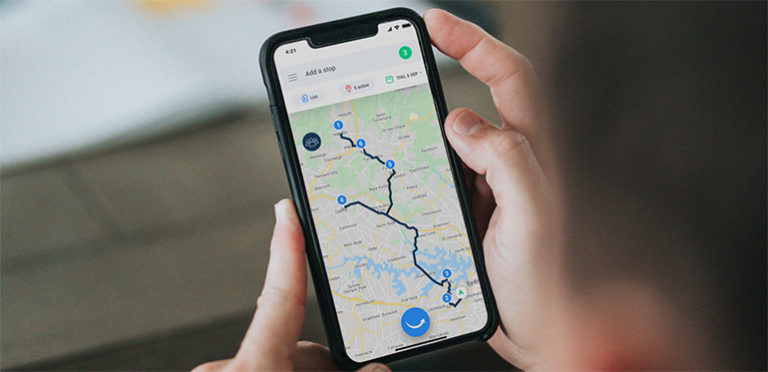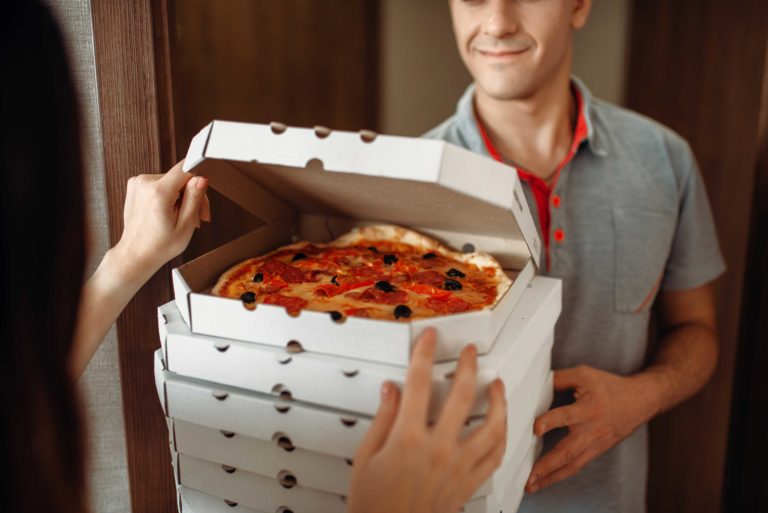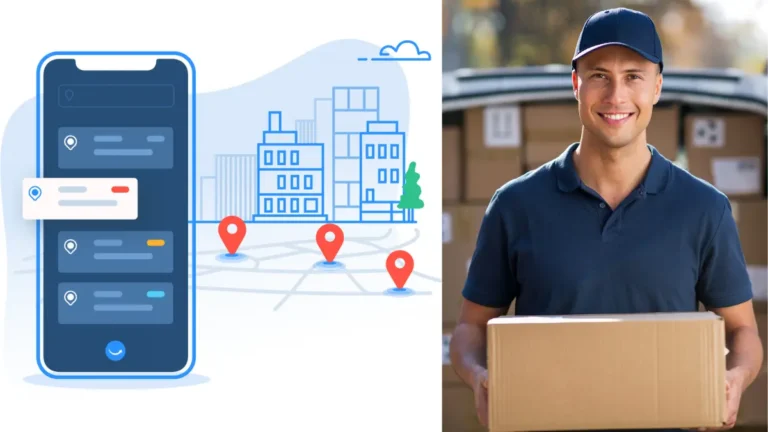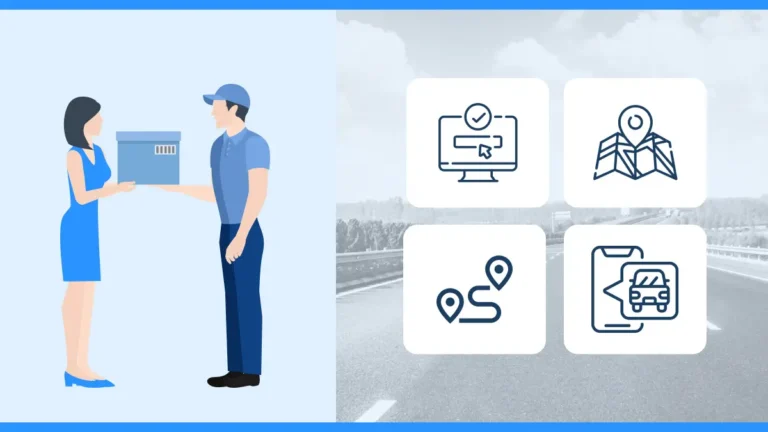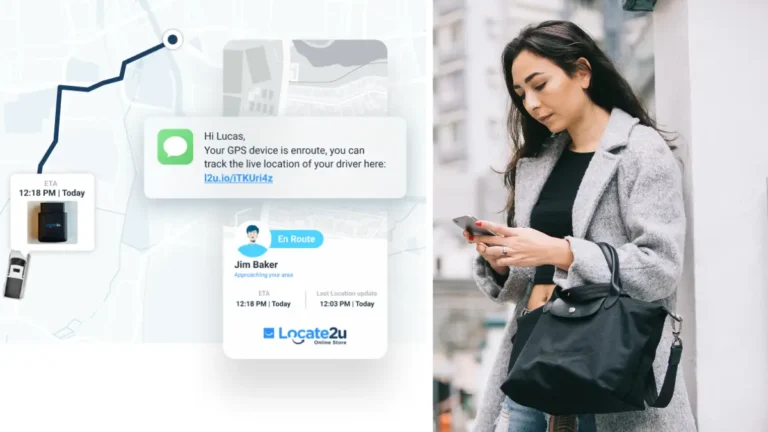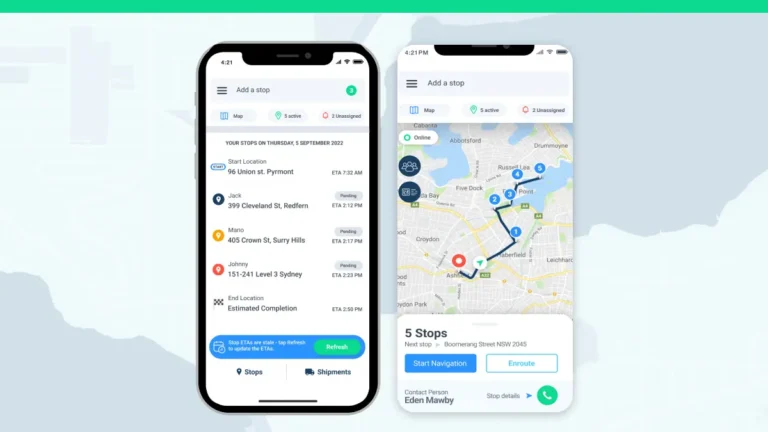Nearly three years since the start of the COVID-19 pandemic, last-mile delivery has recorded its best performance since the beginning of this period.
IT company Project44 found that 85% of shipments were delivered on time in August. According to Freight Waves, this is the highest level since the pandemic hit the world.
Shipping performance is a huge deal breaker in the delivery cycle. Reaching an 85% on-time delivery rate is considered “acceptable.” That means 15% of the last-mile deliveries failed dismally.
Last-mile delivery is currently in its best shape
Project44 warns in one of its earlier reports this year that the lead time retailers promise customers can result in dissatisfaction with aggressive estimates. “This can lead to customer dissatisfaction even though delivery times, on the whole, are still faster. In other words, don’t overpromise what you can’t deliver.”
With the latest report, Jenna Slagle explains that many moving parts can impact last-mile delivery time. Slagle says an on-time delivery rate in the mid-80% will most likely become the “new normal” for on-time delivery performance.
Importance of last-mile-delivery
Last-mile delivery is the most challenging part of the overall delivery operation, where failed deliveries are more likely to occur.
Failed deliveries can negatively impact customer service and the business’s reputation. One negative online review can have substantial ripple effects on future orders.
If you want to combat the expensive nature of this type of delivery and keep up with customer demands, then it’s essential to do your research and look for solutions.
Meanwhile, a report compiled by the World Economic Forum found that the 2020 pandemic has reshaped last-mile logistics drastically. It is expected that 10%-20% of the increase in e-commerce deliveries amidst the pandemic will continue after lifting COVID-19 restrictions.
Greener last-mile
There is a growing market for zero-emission last-mile delivery. Be it through sustainable packaging, clearer transportation with bikes, or zero food waste.
The race is on to get delivery companies to zero-emission before giant shippers do the same.
ALSO READ: What Is Last Mile Delivery?
Offering instant delivery is the “worst kind of promise you can make in terms of occupancy, traffic, and emissions. In theory, the idea of delivery is good if you compare it to having multiple people with multiple cars driving to a supermarket on the outskirts of a city,” says Eleonora Morganti, a researcher at the University of Leeds.
She believes bringing the last mile of goods closer can save emissions. “Compared to the model built in the 1990s or 2000s, where people would drive 10 miles to a supermarket on the outskirts of town, it’s more sustainable.”
About the author
Mia is a multi-award-winning journalist. She has more than 14 years of experience in mainstream media. She's covered many historic moments that happened in Africa and internationally. She has a strong focus on human interest stories, to bring her readers and viewers closer to the topics at hand.





